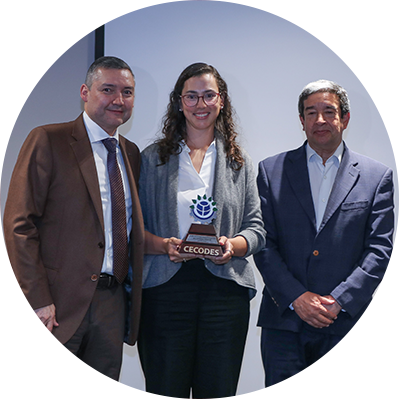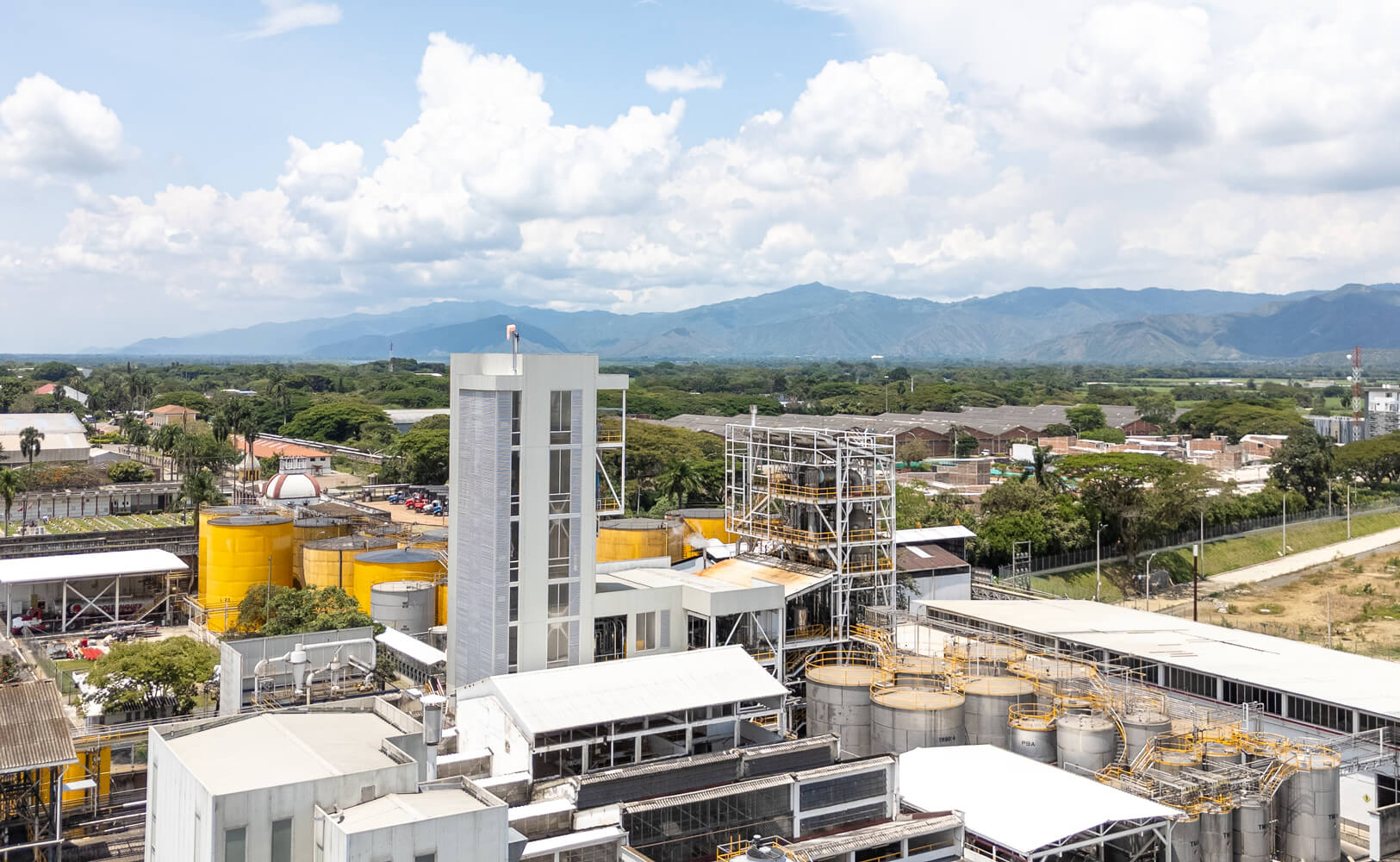BIENVENIDO A
Alianza Team®
ALIMENTAMOS UN MEJOR MAÑANA
siendo aliados de nuestra gente, comunidades, cadena de valor y planeta
NUESTRA COMPAÑÍA
Categorías en donde generamos valor
Hacemos la diferencia a través de ciencia y tecnología en la aplicación de los lípidos en:
- Alimentos
- Cosméticos
- Aseo
- Alimentación animal
- Bakery
El crecimiento económico es el motor de la prosperidad
CONOCE NUESTROS NEGOCIOS
Desarrollamos soluciones que generan valor a nuestros clientes y sus marcas.

Transformamos la alimentación actual dentro y fuera del hogar.
Diseñamos soluciones logísticas y de abastecimiento para Colombia y la cuenca del Caribe, conectando de manera eficiente productos, canales y regiones.
Generamos soluciones innovadoras en panadería congelada.
NUESTRA PRESENCIA EN EL MUNDO
+2900 colaboradores
Exportamos a Suramérica, Norteamérica y Centroamérica
6 plantas productivas
En Colombia, México y Chile
4 labotorios de aplicaciones
USA,Chile,México y Colombia
*Inversiones en Europa,Asia y Estados Unidos
• Asia
• Europa
• USA
• México
Punta Morelia
• Colombia
Planta Bogotá
Planta Barranquilla
Planta Buga
• Chile
Planta Maipú
BredenMaster
Santiago, ChileNUESTRO IMPACTO EN EL MUNDO
ALIMENTAMOS UN MEJOR MAÑANA
Siendo aliados de nuestra gente, comunidades, cadena de valor y planeta
LO ESTAMOS HACIENDO BIEN






